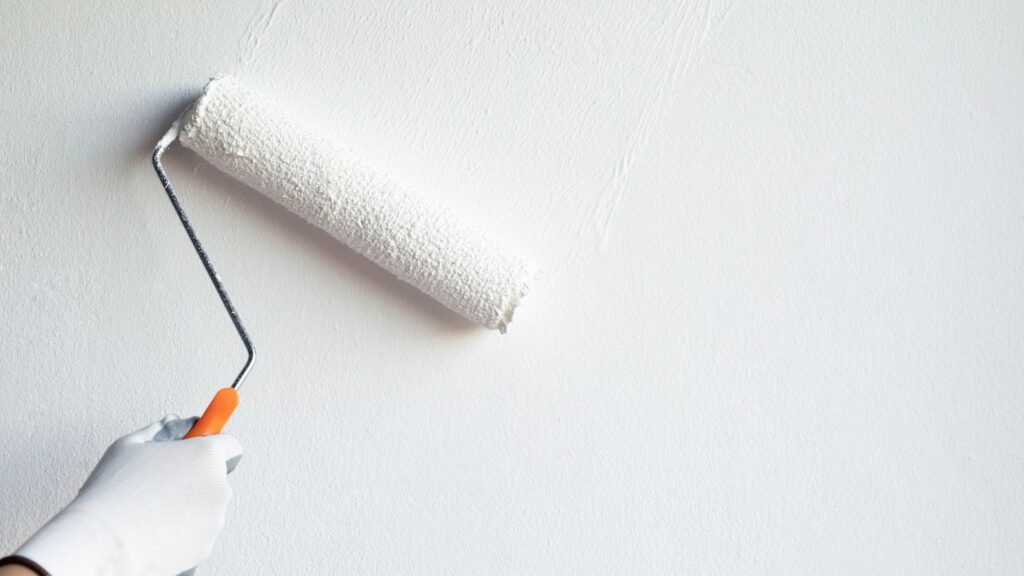Painting can seem like a simple task. Pick up a brush, dip it in paint, and apply it to the surface.
But anyone who’s tried their hand at painting knows it’s not that straightforward. Common painting mistakes can turn a seemingly easy job into a frustrating ordeal.
These mistakes can range from poor surface preparation to using the wrong painting techniques. They can lead to unsatisfactory results and require costly and time-consuming corrections.
This article aims to shed light on these common issues. We’ll delve into the most frequent painting blunders and provide practical advice on how to avoid them.
Whether you’re a DIY enthusiast, an amateur painter, or a seasoned professional, this guide will help you improve your painting techniques.
By understanding and avoiding these common painting mistakes, you can ensure a smoother painting process and achieve better results in your projects.
The Importance of Surface Preparation
Proper surface preparation is essential for a successful paint job. Without it, the paint may not adhere properly, leading to peeling or chipping over time.
Start by cleaning the surface thoroughly. Dust, grease, and dirt can prevent the paint from sticking correctly, affecting the finish.
Sanding is another key step in surface preparation. It smoothens out imperfections and helps the paint adhere better for a flawless finish.
Ignoring these steps can lead to premature paint failure and add more work in the long run. A well-prepared surface ensures a durable and attractive outcome.
Choosing the Right Paint and Tools
Selecting the right paint is crucial for the success of your project. Different surfaces require different types of paint, such as water-based or oil-based.
Invest in high-quality brushes and rollers. Low-quality tools can leave unwanted brush and roller marks, affecting the final appearance.
Consider the sheen level for your project. High-gloss finishes are durable, while matte finishes can hide imperfections better.
Choosing the right tools is as important as choosing the paint itself. Good tools ensure smoother application and a professional finish. Quality really does matter when it comes to achieving the best results.
Mastering Painting Techniques
Successful painting requires more than just applying paint to a surface. Mastering techniques can make your project shine and help avoid common mistakes.
Maintain a wet edge while painting. This prevents lap marks and ensures a smooth, even finish throughout the surface.
Proper brush loading is essential. Too much paint can lead to drips, while too little may result in uneven coverage.
Practice makes perfect. Take your time to refine your painting techniques, and don’t rush the process. This attention to detail will greatly improve your results.
Navigating Environmental Factors
Environmental factors play a crucial role in a painting project’s success. Temperature, humidity, and ventilation can all affect paint drying and curing times.
Paint in ideal temperatures to ensure smooth drying. Extremely hot or cold conditions can lead to poor adhesion and cracking.
Humidity levels also matter. High humidity can slow drying, while low humidity might dry paint too quickly.
Ensure good ventilation in the painting area. This prevents fumes from building up and helps with the paint curing process. Be mindful of these conditions for the best results.
Timing is Everything: Drying and Curing

Proper drying time is vital for a successful paint job. Rushing between coats can lead to uneven finishes.
Read the paint label for recommended drying times. Different paints have varied drying and curing needs.
Curing is distinct from drying. Curing allows the paint to harden for durability.
Avoid touching painted surfaces until fully cured. This ensures a smooth, blemish-free finish. Take your time, and enjoy top-notch results.
The Role of Primer and When to Use It
Primer acts as a foundation for paint. It ensures better adhesion and vibrant colors.
Using primer can prevent stains from seeping through the paint. It’s crucial on new drywall or porous surfaces.
Skipping primer often results in uneven coverage. Invest the time; it’s worth the effort.
Choose the right primer for your project. Oil-based for wood, water-based for drywall. Proper selection matters.
Achieving Clean Edges and Smooth Finishes
Painter’s tape is essential for sharp, clean edges. Seal it well to prevent paint bleeding.
Use a steady hand for cutting in edges. Practice makes perfect, ensuring a professional look.
To avoid brush marks, use a smooth, even stroke. Don’t overload your brush with paint.
Finish with a quality brush or roller. This reduces streaks and ensures a flawless surface.
Protecting Your Space and Cleaning Up
Before you start painting, cover floors and furniture. Drop cloths or plastic sheets work well for protection.
Move large items to another room if possible. This reduces the risk of accidental splatters.
Keep a damp cloth handy for immediate cleanup of spills. Quick action prevents lasting stains on surfaces.
After painting, clean brushes and rollers thoroughly. Proper care extends their lifespan and ensures good results next time.
Learning from Mistakes and Seeking Advice
Every project brings new lessons. Reflect on what went well and what didn’t in your painting endeavor.
If a mistake happens, don’t panic. Analyze the cause to understand how to prevent it next time.
Seek advice from more experienced painters. They often have valuable insights and tips to share.
Consider professional help for complex projects. Sometimes expertise is worth the investment for a flawless finish.
Patience and Practice Make Perfect
Achieving perfect results requires patience and consistent practice. Each painting project serves as an opportunity to hone your skills.
Embrace the learning process, and remember that mistakes can lead to growth. With persistence, your painting techniques will improve over time.


